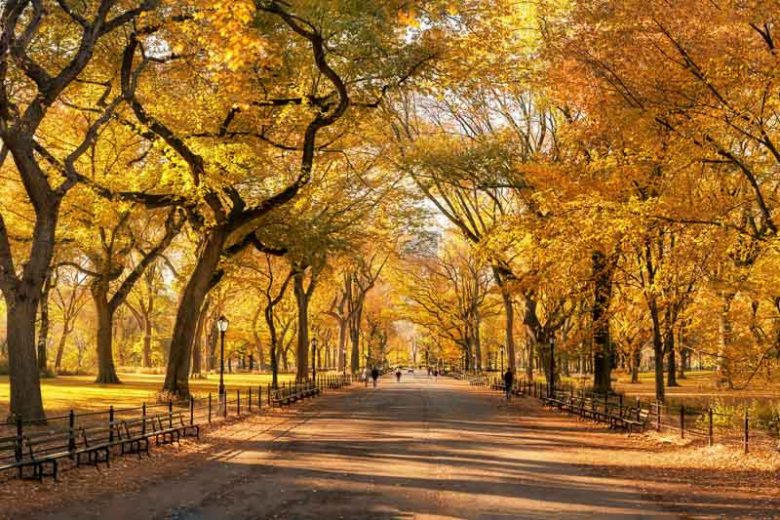American Elm: The Majestic Tree of America's Heartland
The American Elm, once a dominant tree in North American landscapes, holds a special place in both ecological and cultural history. Here are some intriguing facts about this iconic species:
Historical Importance: The American Elm was the most widely planted shade tree in urban America throughout the 19th and early 20th centuries. Its towering presence and arching canopy were symbolic of Main Street USA.
Symbol of Strength: Due to its robust nature and widespread use, the American Elm became a symbol of strength and resilience, often planted in public spaces and along streets.
Dutch Elm Disease: This species suffered a catastrophic decline due to Dutch Elm Disease, caused by an invasive fungus. First identified in Ohio in 1930, the disease decimated millions of American Elms across the country.
Survivor Trees: Despite the impact of Dutch Elm Disease, some individual trees survived, leading to research and development of disease-resistant varieties.
Rapid Growth: One of the reasons for its popularity was its fast growth rate, providing quick shade in urban environments.
Long Lifespan: In a healthy environment, free from disease, American Elms can live for several hundred years.
Wildlife Habitat: These trees provide habitat and food for a variety of wildlife, including birds, squirrels, and beneficial insects.
Historical Landmarks: Many American Elms have been designated as historical landmarks, representing an important part of American heritage.
The American Elm’s story is one of beauty, tragedy, and resilience. From lining the streets of small towns and cities to its battle and ongoing recovery from Dutch Elm Disease, this tree remains a significant part of North America’s natural and cultural history.

